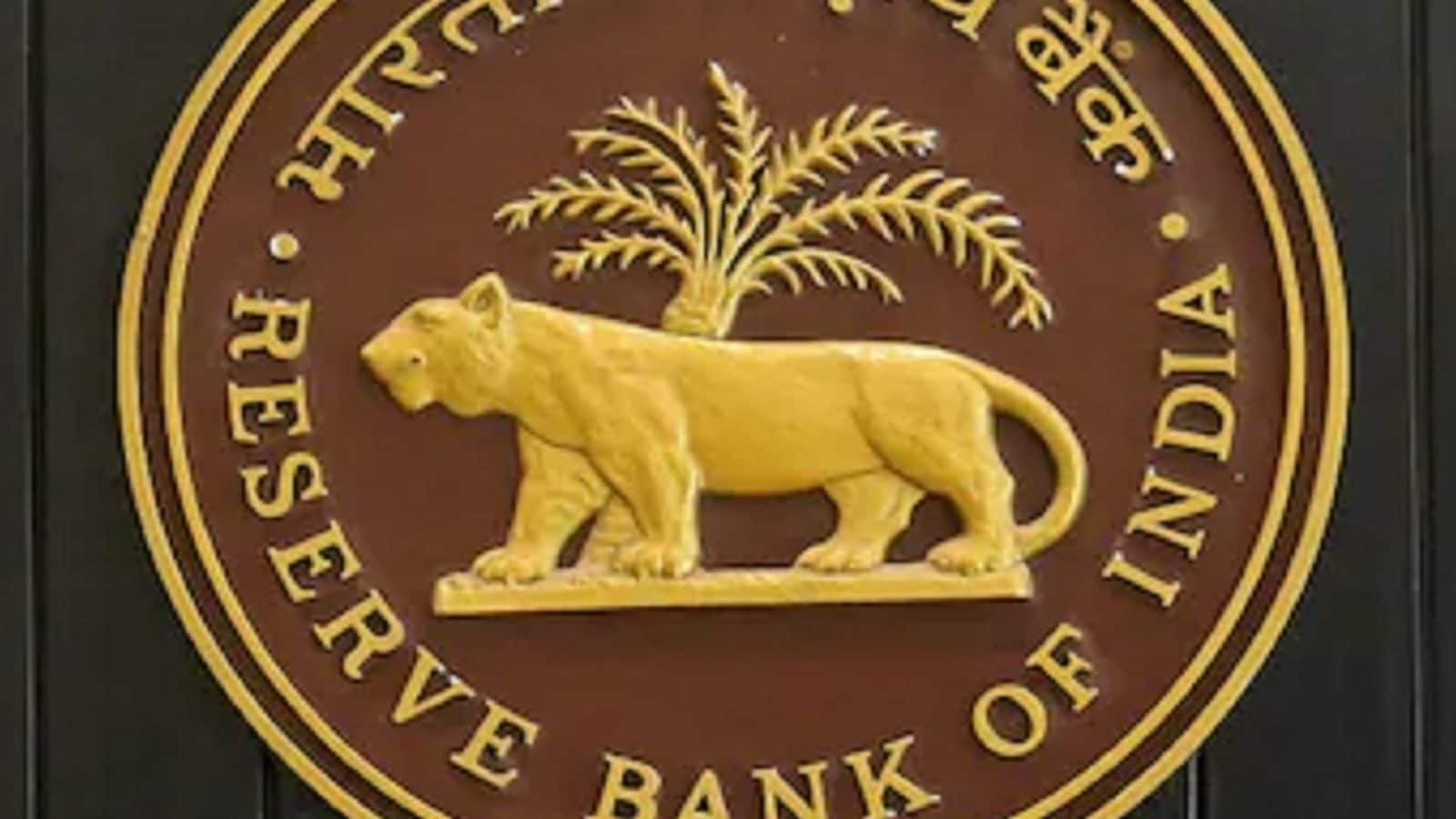India’s Very Own Digital Currency to be Launched Soon. How Different it is from Bitcoin
The Reserve bank of India (RBI) has been gearing up for the phased introduction of a central bank digital currency (CBDC), which it aims to roll out by the end of this year. Even before the recent rise of Bitcoin and other cryptocurrencies, many financial institutions around the world have been wrestling with the idea of a digital currency that is officially recognised and part of the day-to-day financial system. The launch of the CBDC would mark a historic first for India as it would be the pioneer of digital currency in the country. The focus of a central bank like the RBI is essentially to support the banking systems in the country rather than act as a traditional bank. It is a governing body of sorts. In that sense, the CBDC would be something that supports the banking system or compliments the existing frameworks in place.
RBI Governor Shaktikanta Das said in an interview with CNBC that the Reserve Bank of India might launch its first digital currency trail programmes by December. This could indicate that this is just the first of various kinds of digital currencies that might hit the market further down the road. “We are being extremely careful about it because it’s completely a new product, not just for RBI, but globally,” said Das in the interview with CNBC.
What is the Central Bank Digital Currency?
The central bank digital currency is basically a digital or virtual currency that is issued by the central bank in the form of a tender. It has similar functionalities to existing digital/fiat currency. More importantly, it is a legally recognized currency with an existing financial body backing its function. It is also exchangeable one-to-one with fiat currency, the only thing that major difference from private digital currencies like Bitcoin and Ether is that is has a different form. It is basically like having your money digitized and the value holds the same.
How Is It Different from Cryptocurrency?
Cryptocurrencies like Bitcoin have one major difference, they stand more as commodities rather than representing the exact value of a monetary system’s currency. For e.g., one Bitcoin does not equal Rs 1. One has to invest in Bitcoin and purchase it with currency and therein lies the biggest difference. Another important factor is that Cryptocurrencies are extremely volatile and have no legal issuer, whereas the central bank digital currency has the RBI as the issuer, this means that the central bank digital currency can be considered money in every sense of the word.
Where Does India Stand on Central Bank Digital Currency?
Das had mentioned that the RBI was aiming to launch the central bank digital currency as a mass-scale digital asset. The RBI had itself put out a note stating that the central bank digital currency and the interest it held as an asset were universal, but very few countries have even come close to the pilot stage of launching such an endeavour. One of the reasons behind this move towards the digital is that the RBI has an ever-decreasing usage for the traditional paper currency. Add to that the fact that we live in an age of attempted sustainability and the digital medium starts to become the only feasible long-term solution.
The government is also looking to meet the public’s needs for digital currencies that have become all the rage in recent years. This would help bring down the damaging consequences of operating in the realm of private currencies which are not regulated for the present financial system.
Read all the Latest News, Breaking News and Coronavirus News here
For all the latest business News Click Here

